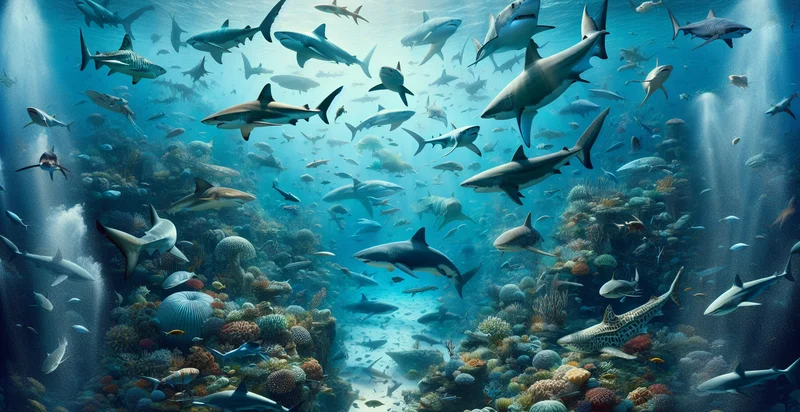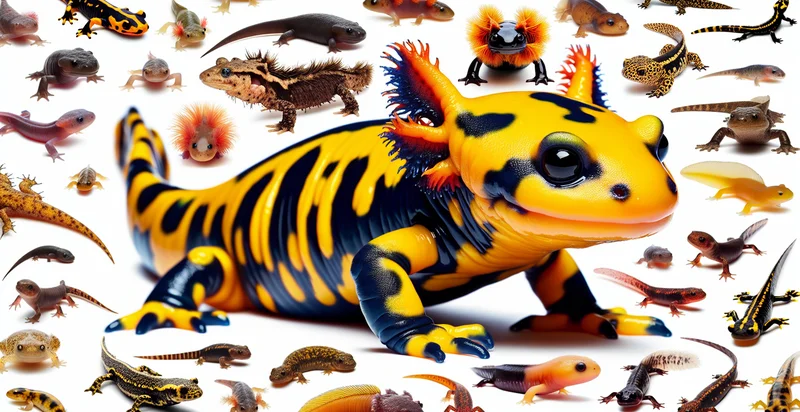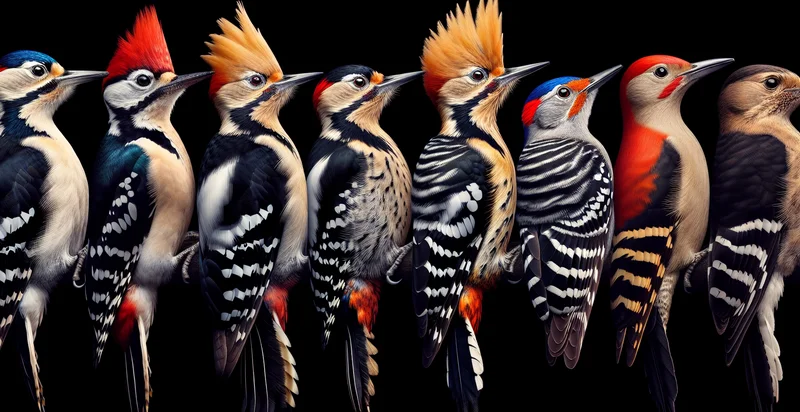Identify shark species
using AI
Below is a free classifier to identify shark species. Just upload your image, and our AI will predict which species of shark it is - in just seconds.

Contact us for API access
Or, use Nyckel to build highly-accurate custom classifiers in just minutes. No PhD required.
Get started
import nyckel
credentials = nyckel.Credentials("YOUR_CLIENT_ID", "YOUR_CLIENT_SECRET")
nyckel.invoke("shark-species-identifier", "your_image_url", credentials)
fetch('https://www.nyckel.com/v1/functions/shark-species-identifier/invoke', {
method: 'POST',
headers: {
'Authorization': 'Bearer ' + 'YOUR_BEARER_TOKEN',
'Content-Type': 'application/json',
},
body: JSON.stringify(
{"data": "your_image_url"}
)
})
.then(response => response.json())
.then(data => console.log(data));
curl -X POST \
-H "Content-Type: application/json" \
-H "Authorization: Bearer YOUR_BEARER_TOKEN" \
-d '{"data": "your_image_url"}' \
https://www.nyckel.com/v1/functions/shark-species-identifier/invoke
How this classifier works
To start, upload your image. Our AI tool will then predict which species of shark it is.
This pretrained image model uses a Nyckel-created dataset and has 25 labels, including Great White Shark and Hammerhead Shark.
We'll also show a confidence score (the higher the number, the more confident the AI model is around which species of shark it is).
Whether you're just curious or building shark species detection into your application, we hope our classifier proves helpful.
Related Classifiers
Need to identify shark species at scale?
Get API or Zapier access to this classifier for free. It's perfect for:
- Fishery Management: Fisheries can utilize the 'shark species' identifier to accurately classify types of sharks caught. This not only helps in managing fishing quotas but also enables sustainable practices by identifying and releasing endangered species.
- Educational Institutions: Schools, colleges and research organizations can utilize the tool in biological and ecological studies. Detailed data about different shark species densities area-wise can lead to new discoveries and promote education about marine ecology.
- Marine Conservation Efforts: Conservation organizations can use the tool to track shark populations and species distribution. It helps in identifying endangered species and also supports decision-making related to conservation efforts.
- Wildlife Control & Management: The tool can be used by wildlife control agencies to monitor species distribution in different areas. This can help in managing human-shark encounters and mitigate potential harm.
- Aquariums & Public Zoos: The 'shark species' identifier can be used to correctly label the species on display, leading to better visitor education. It can also be used in the acquisition of new species and in breeding programs to ensure genetic diversity.
- Seafood Industry Audit: Authorities can use this technology in monitoring and audit functions to ensure prohibited species or juvenile individuals of shark species aren’t being caught and sold illegally.
- Coastal Tourism & Adventure Sports: Companies offering underwater diving experiences can use this tool to identify shark species inhabiting local waters. This knowledge can enhance the overall customer experience and safety, by informing divers of what species they might encounter.


